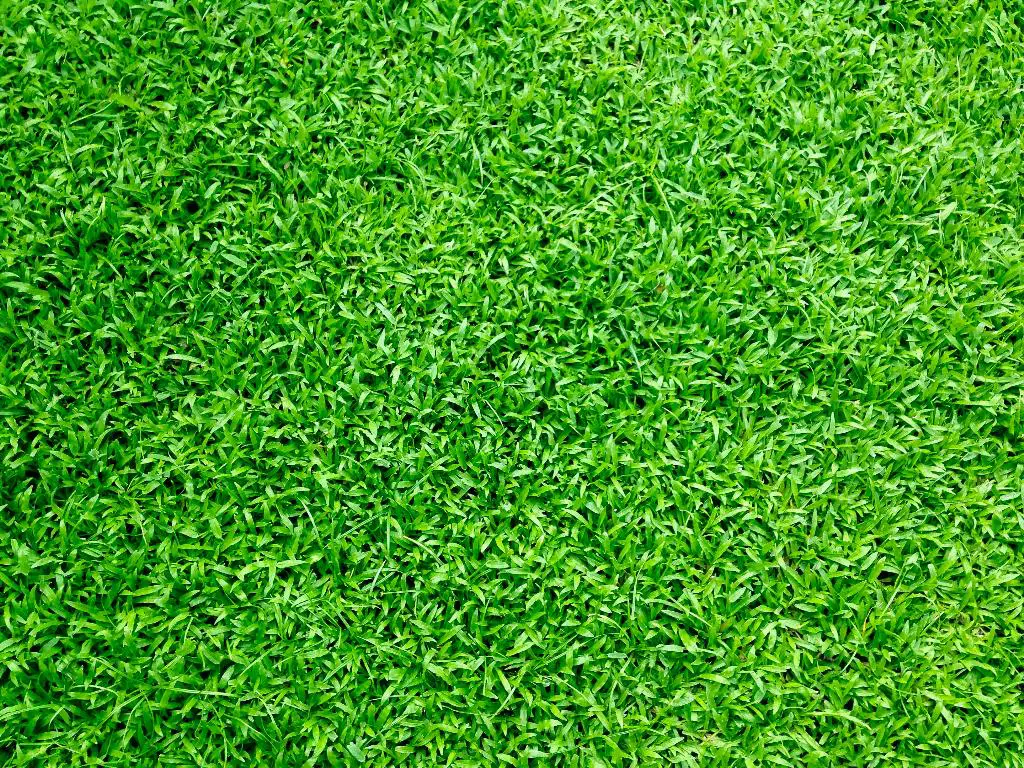When it comes to watering your lawn, achieving the perfect balance is key to maintaining a healthy and vibrant lawn. One inch of water per week is generally recommended to keep your lawn thriving, but determining the exact amount of time needed to achieve this can seem like a daunting task. By following some simple guidelines, you can easily determine how long you should water your lawn to ensure it receives the right amount of hydration.
One effective method to determine how long you need to water your lawn is by using a plastic container placed in your yard. By setting a timer and observing how long it takes to accumulate water in the container, you can gauge the rate at which water is being absorbed by your lawn. On average, it typically takes about 30 minutes to water your lawn with half an inch of water, so adjusting your watering schedule accordingly can help you achieve the recommended one inch per week.
Timing is also crucial when it comes to watering your lawn. The best time to water your grass is early in the morning, preferably between 4 a.m. and 10 a.m. Watering during these cooler hours helps to minimize evaporation and ensures that the water is absorbed effectively by the soil and roots. Avoid watering your lawn in the evening as the extended moisture can promote fungus growth and other lawn diseases.
Dividing your watering sessions throughout the week is another effective strategy to ensure your lawn receives adequate hydration. Instead of watering your lawn for an extended period in one go, splitting your watering schedule into shorter sessions can help prevent water runoff and ensure that the water penetrates deeply into the soil. By watering your lawn for 20 minutes, three times per week, you can provide your lawn with the recommended one inch of water without over-saturating the soil.
It’s essential to consider the specific needs of your lawn when determining the optimal watering duration. Factors such as soil type, grass type, and weather conditions can impact how long you should water your lawn. For example, sandy soils may require more frequent watering sessions for shorter durations, while clay soils may benefit from longer, less frequent watering to allow for deeper penetration.
Observing your lawn’s response to your watering schedule can also provide valuable insights into whether you are providing the right amount of water. Signs of underwatering include wilted or yellowing grass, while overwatering can lead to soggy soil, mold growth, and an increase in pests. Adjusting your watering duration based on your lawn’s appearance and soil moisture levels can help you fine-tune your watering routine.
Regularly monitoring the moisture levels of your lawn can help you make informed decisions about how long you should water your lawn. Investing in a soil moisture meter can provide you with accurate readings of the moisture content in your lawn, helping you adjust your watering schedule accordingly. By keeping track of your lawn’s moisture levels, you can avoid both underwatering and overwatering, promoting healthy growth and minimizing water waste.
While it may seem challenging to determine the perfect watering duration for your lawn, taking the time to assess your lawn’s needs and adjusting your watering schedule accordingly can lead to lush, green grass that thrives throughout the growing season. By incorporating these guidelines into your lawn care routine, you can ensure that your lawn receives the right amount of hydration to flourish and remain healthy year-round.

